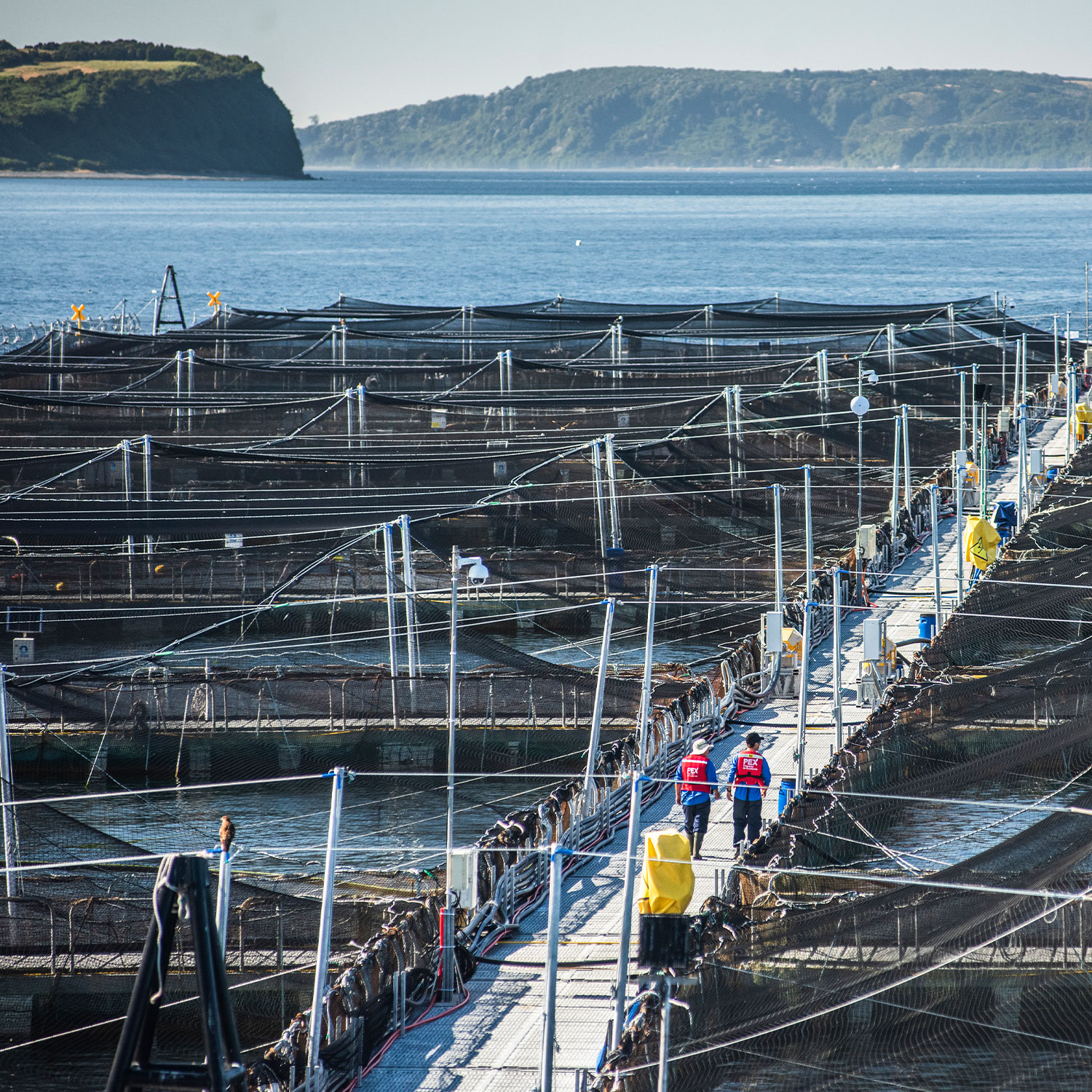
Balancing Personal and Planetary Needs
The transformation from mindless consumption to the conscious adoption of nature’s regenerative practices is the global shift needed to sustain our world. Our choices about the fundamental resource that sustains us—our food—play a critical part in achieving the balance that can serve both people and planet.
The World Resources Institute (WRI) has sought solutions for that balance for over 40 years. The ultimate purpose of those efforts is summarized in this global non-profit’s mission “to move human society to live in ways that protect Earth’s environment and its capacity to provide for the needs and aspirations of current and future generations.” The institute partnered with five other international organizations to author a plan for achieving this goal titled “Creating a Sustainable Food Future.” Its opening quantifies the opposing forces that make realizing it such a challenge:
“As the global population grows from 7 billion in 2010 to a projected 9.8 billion in 2050, and incomes grow across the developing world, overall food demand is on course to increase by more than 50 percent, and demand for animal-based foods by nearly 70 percent. Yet today, hundreds of millions of people remain hungry, agriculture already uses almost half of the world’s vegetated land, and agriculture and related land-use change generate one-quarter of annual greenhouse gas (GHG) emissions.”
A policy brief from the UN Department of Economic and Social Affairs takes a step back from the stats to sum up the biological, social, and environmental imperatives that must be satisfied to solve this problem: “to ensure a healthy future for both people and planet, the growing population must be fed in a manner that is healthy, equitable and sustainable.”
The WRI’s plan outlines five “courses” of action to satisfy that need. One calls for an increase in food production without expanding agricultural land. Another suggests how that aim can be supported by offering a strategy to increase the global fish supply. But the plan also notes the supply problem that must be solved to meet that objective; it states that fish consumption is expected to rise by 58% between 2010 and 2050, while wild catch harvests peaked in the mid-1990s and have stagnated, or perhaps even declined, since reaching that plateau.
Along with better wild fisheries management, the plan cites aquaculture’s improved productivity and environmental performance as a way to meet the escalating challenge of maintaining the 17 percent of global animal protein that fish currently provide. But the EPA, NOAA, the Global Seafood Alliance, and countless other national and international agencies and organizations cite a host of biological and environmental dangers that aquaculture has presented in the past. This contrast between the promise and perils of the practice of cultivating seafood that has been evolving for thousands of years begs this question:
Is aquaculture a threat or boon to solving the problem of sustaining both people and the planet?
The honest answer is that it can be either. The difference between the two is the secret to sustainable aquaculture: responsible management of advanced facilities and practices.
That oversight includes adopting such technological solutions as recirculation systems that reduce waste and improve efficiency in aquaculture facilities. Other advances focus on optimizing these businesses’ future locations, such as the free OceanReports mapping tool that NOAA provides to offer critical insights on ways to protect the surrounding environment. And a more systemic approach to the next wave of aquaculture management is found in the FAO’s “Blue Transformation” initiative. Its three core objectives of sustainable expansion, the delivery of healthy stocks and secure livelihoods, and the inclusion of food deficit communities represent the profound pivot that can keep our world turning in holistic harmony.
Secret Island embraces just such a perspective as part of our triple-bottom-line plan for success. The next post in this series will explore how the earth’s natural systems offer the best guide for that plan.
